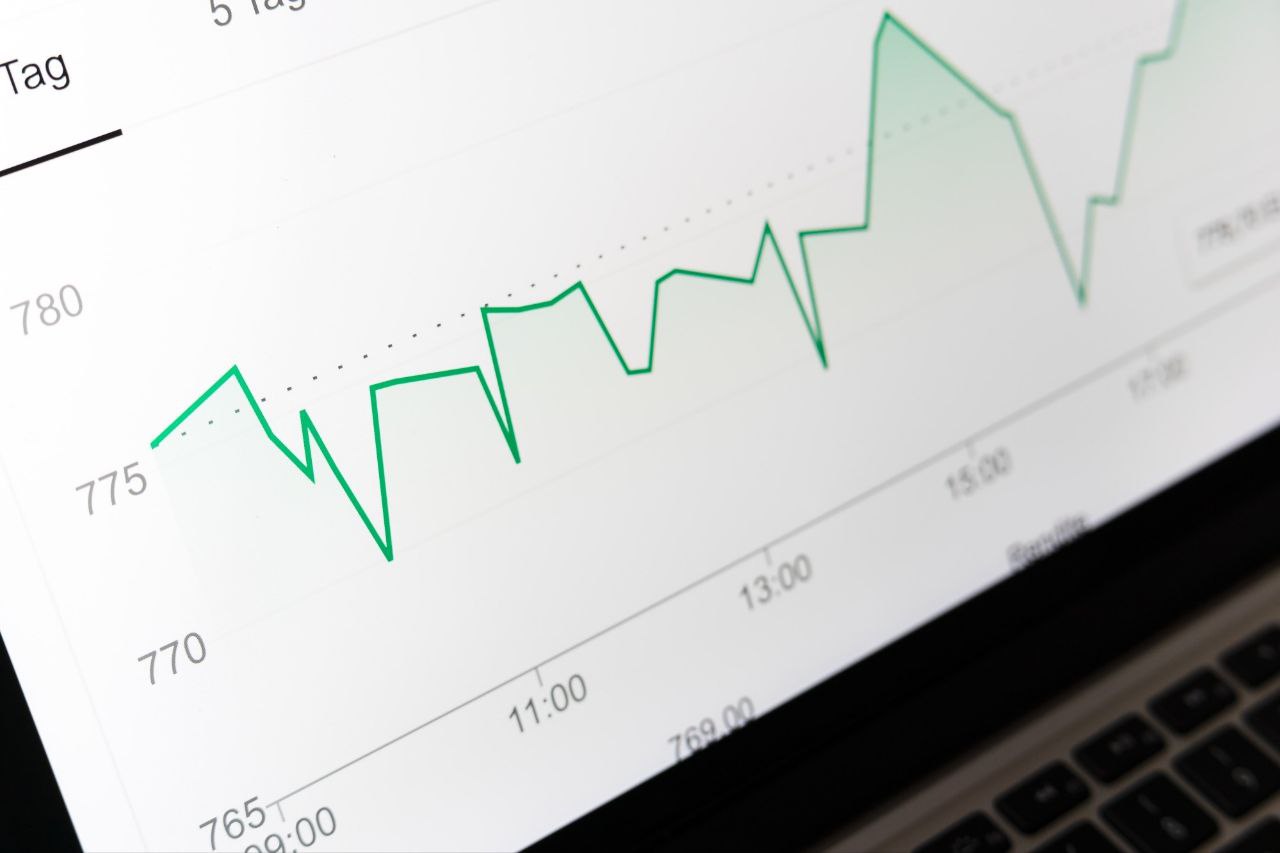Advanced Analytics in RPA: Operational KPIs

Author: Andrew Dvirnyk
Robotic Process Automation (RPA) uses software bots and AI to automate processes, simplify and accelerate repetitive tasks, and empower employees to do more. At IBA Group, we work with RPA in a variety of environments.
We work with industries from banking, finance, insurance, and healthcare, to manufacturing, retail, transportation, and logistics on Robotic Process Automation. Additionally, our clients include IT and analytics companies, and all businesses that deal with labor-intensive tasks. We help all these businesses across industries to use robotic automation to resolve manual errors and get more out of repetitive operations.
Analysis and Forecasting
In addition to the immediate challenges that RPA resolves, when advanced analytics enter the equation, we are able to access historical data to assist in comparative analysis and forecasting models.
Further, we can utilize machine learning (ML) to forecast critical KPIs (Key Performance Indicators). This includes analyzing, working to resolve process bottlenecks, and finding ways to optimize robot utilization.
KPI for RPA Projects
It is always important to set the criteria for success. On every project, and relating to every objective, having a clear path to understanding – and building – what works best for your employees, your users, and your business, is part of our SMART commitment.

In service of sustainability, multi-faceted solutions, automation, reliability, and trust, identifying RPA project KPI helps get the most out of Robotic Process Automation across organizations. RPA Project KPIs include operational outcomes. This indicator addresses development, deployment, and maintenance. Performance indicators for RPA also include operational metrics.
We are jumping into those operational metrics first, to help give a comprehensive picture not only of what RPA can do for your organization, but how you can measure it in a way that is reliable and useful to your business in its current and future states.
RPA Metrics: Operational KPIs
There are five main operational KPIs used to measure RPA outcomes. First, we look at errors. Next, we look at robot utilization. Then, we measure success rate and assess duration. Finally, we identify the performance rate and the accuracy rate.
Errors
Let’s start with the simplest, and the most obvious. To analyze RPA performance, the first step is to track errors. Error tracking allows us to find patterns.
Once we find them, it becomes much easier to take the necessary action to remedy those errors. This is a good example of how metrics and analysis guide action that can create improvements across your organization.
Robot Utilization
Similarly, measuring and assessing robot utilization rates helps you plan for how to best optimize your automation tools. Once we use metrics to understand whether the robots are being used, how they are being used, and how effectively they are performing tasks, you are in the perfect position to get the most out of your RPA investment.
Robot utilization KPIs measure average hours worked per day for all the robots across the operation. When we measure robot utilization, we also look at the hours worked per day within a certain period of time. And we analyze the hours that specific robots work per day.
This information allows us to determine whether and which robots are over-utilized or under-utilized.
Having access to utilization information like this helps you to design objectives and utilize robots in the ways that work best for you. For instance, a low daily utilization rate means you can create more tasks for your robots.
On the other hand, if measurement determines that there is a high daily utilization rate, it may indicate that there are issues that need to be resolved. These issues could include automation backlogs. In cases like this, that typically means that you need to include additional robots in your operation to improve workload distribution.

Success Rate
The third operational KPI to assess RPA is the success rate. As you would expect, success is an important indicator of performance. But what is a reasonable, or desired, success rate for RPA?
We recommend you aim for a success rate of about 90%. Why not aim for a success rate of 100%? Answering this question is a great way to take a closer look at why we measure RPA KPIs. The reason we use these metrics is not just so that we can see great results. We apply analytical metrics to RPA so that we can see what is working and how well it is working. And even more so, so that we can isolate the issues and build a path to resolution.
A success rate of 90% allows us to see where failures exist. Conversely, if you measure a success rate of 100%, it could likely indicate that there are failures that are not, in fact being tracked. Untracked failures, or failures that are not tracked correctly, mean that issues fall through the cracks, and, therefore, cannot be resolved.
Duration
Duration as a performance indicator is similar to success rate as a performance indicator for Robotic Process Automation. Let’s take a moment to look at duration as an indicator, because its value as an operational KPI might not be immediately obvious.
At first glance, many organizations, even those with a good amount of experience working with innovative technologies, assume that faster is always better. In fact, in the case of assessing and measuring RPA performance, short runtimes could indicate automation failure. Indications of automation failure necessitate immediate response to get the process back up and running as quickly and efficiently as possible. This improves the overall health of the operation and the usefulness of RPA across your organization.
Performance and Accuracy Rate
The fifth operational KPI used to measure RPA outcomes is the performance and accuracy rate. The performance and accuracy rate allows us to determine how robotic automation is functioning in your organization. With this metric, you are able to see how RPA is performing and whether or not it is doing so correctly and productively.
As in the case of the other performance indicators, this does more than provide you with data to celebrate your successes. It also enables you to find and target issues for resolution. This kind of measurement and analysis gives you the opportunity to continue to improve processes and outcomes, lower costs, and demonstrate ROI on automation investments.
RPA Metrics: Overall Business KPIs
Using analytics to measure RPA KPIs related to overall business outcomes and goals helps to assess the value of Robotic Processing Automation across your organization.
Process Outcomes
While it is important to demonstrate ROI, it is also important to understand, and to be able to quantify and verify process outcomes related to RPA.
When we work with RPA and when we measure RPA, it is important to remember that the purpose of automation is to achieve a specific goal or outcome. As such, knowing what those targets are, what steps we need to take to achieve them, and how we can measure and report the fact that we have achieved them, is key to current and future success.
ROI
Let’s return to the idea of return on investment for technology solutions in general, and for automation in particular. We use RPA analysis metrics to show ROI. This includes RPA KPIs that show the number of hours that Robotic Automation Processes save, as well as the amount of money that these automated processes save.
RPA touches organizations at multiple levels. When utilized optimally, RPA improves efficiencies and performance. All of this comes together to demonstrate a positive return on investment. RPA utilization can save substantial amounts of both time and money (a win-win).
It is just as important to show when, whether and how your organization is using RPA to save time and money as it is to save that time and money. Measuring and assessing the return on technology investments is an important KPI for all organizations that utilize RPA.
More RPA Analytics
Stay with us as we continue to explore RPA analytics in our next post. We are taking a deeper dive into deployment metrics and how to look at RPA development and maintenance within the overall context of your business health and goals.
To connect with IBA Group on RPA projects, and to discuss how to operationalize KPIs for automation across your organization, contact us.